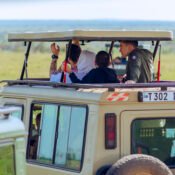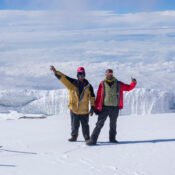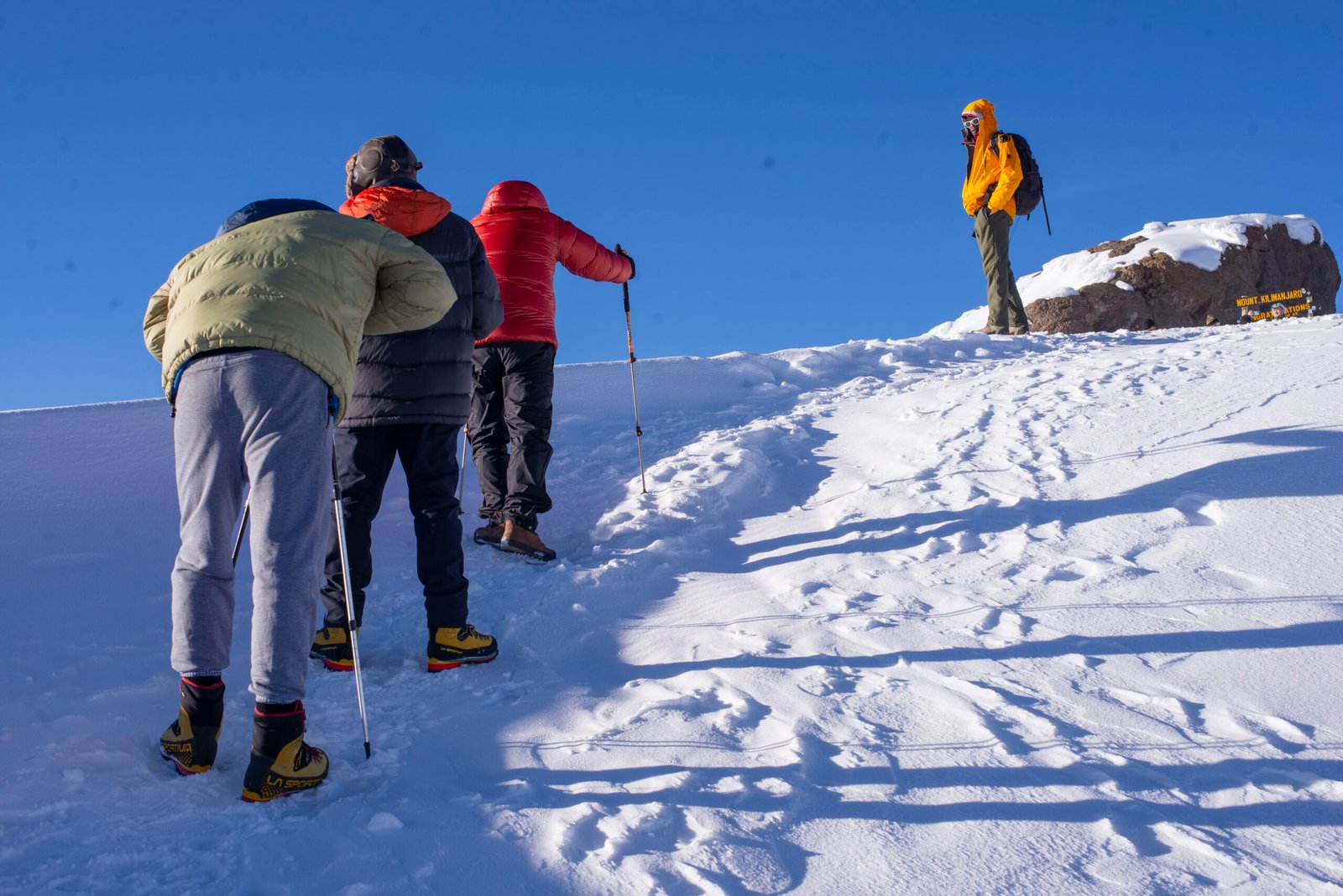What languages are spoken in Tanzania?

What languages are spoken in Tanzania?
Introduction to Tanzania’s Linguistic Landscape: What Languages Are Spoken?
Tanzania is home to remarkable linguistic diversity, with more than 120 language spoken across the country its also posses Tanzania Food. As a result, it stands as the most multilingual nation in East Africa. To provide a clearer picture, below is a breakdown of the language spoken and the percentage of the population that uses each. In most cases, Tanzanians communicate in their native languages while also using Swahili and, at times, English. Moreover, to gain a deeper understanding, it is helpful to explore the variety of languages spoken in Tanzania and how they are distributed.
| Swahili (Kiswahili) | Approximately 95% of Swahili is the national language, and the great majority of the population speaks it as a first or second language. |
| Sukuma (Kisukuma) | Approximately 16% of Sukuma people in the north and center speak it the most. |
| English | Around 10% – English is known by a lesser proportion of the population, particularly in cities and among people who have completed higher education. |
| Maasai (Kimasai) | Less than 5% of individuals in the northern areas speak Maasai. |
| Chaga (Kichaga) | Less than 2% – mostly spoken by the Chaga people on Mount Kilimanjaro’s slopes and nearby areas. |
| Haya (Kihaya) | Less than 2% are used by the Haya people in the western districts around Lake Victoria. |
| Nyamwezi (Kinyamwezi) | Less than 2% of the population in the central areas speaks Nyamwezi. |
| Gogo (Kigogo) | Less than 2% of the central region’s population speaks Gogo. |
| Makonde (Kimakonde) | Less than 1% – Primarily spoken by the Makonde people of the southern area. |
| Ha (Kiha) | Less than 1% – Used by the Ha people in western Tanzania. |
Languages Spoken in Tanzania: Swahili and Its Dominance (95%)
Swahili is Tanzania’s national language. It is spoken by almost 90% of Tanzanians. This Bantu language, which originated in Kenya and Tanzania’s coastal districts, has spread throughout the African Great Lakes region and beyond. The language is culturally influenced, with terminology adopted from Arabic, Persian, and, to a lesser extent, Portuguese and English.
Sukuma (16%)
Sukuma is the language spoken by Tanzania’s biggest ethnic group. It is spoken by around 16% of the population. The Sukuma people, who live mostly in the northern and central areas, are well-known for their vivid cultural events. They utilize their language to honour and maintain their distinct history. Despite Swahili’s extensive impact, Sukuma is frequently spoken.
English (10%)
English is also an official language in Tanzania, and it plays a crucial role in overseas trade, diplomacy, higher education, and judicial processes. In fact, approximately 10% of the population speaks English, which underscores its importance as a language of international communication. While it is less common in everyday conversation, it still has a significant impact on tourism and international commerce. As a result, English serves as an essential link between Tanzania and the global community, facilitating connections across various sectors.
Maasai (<5%)
The Maasai people, who are nomadic, speak the Maasai language. Although fewer than 5% of Tanzanians use Maasai, the language plays a crucial role in preserving the Maasai tribes’ unique customs and legacy. Through oral literature, rituals, and daily interactions, the Maasai people use their language to maintain their community’s history and values.
Chaga (<2%)
The Chaga people, who live in the Kilimanjaro area, speak the Chaga language. They are renowned for their advanced agricultural techniques, such as growing bananas and coffee. The Chaga language plays a crucial role in expressing their knowledge of the land and preserving their ancient traditions.
Haya (<2%)
The Haya people live in the western region near Lake Victoria and speak the Haya language. This language reflects their advanced knowledge of fishing and farming, skills they have refined over centuries to work in harmony with nature’s cycles.
Nyamwezi (<2%)
Nyamwezi is the language legacy of the Nyamwezi people of Central Tanzania. The Nyamwezi people’s history is defined by their key participation in trading networks that across the African continent. The language expresses their business energy as well as the strong feeling of community that links them together.
Gogo (<2%)
Gogo is the language of the Gogo people, a pastoral and agricultural group. The language is filled with knowledge of the earth, seasonal cycles, and cattle management.
Makonde (<1%)
Makonde, spoken by the Makonde people in the southern areas, captures the spirit of their well-known wood carvings and matrilineal culture. It’s a language of creativity and strong community ties.
Ha (<1%)
The Ha people live in western Tanzania and speak Ha. The language abounds with stories about the land, the sky, and the cycles that rule agricultural life. It represents their agrarian culture and extensive oral literature.






